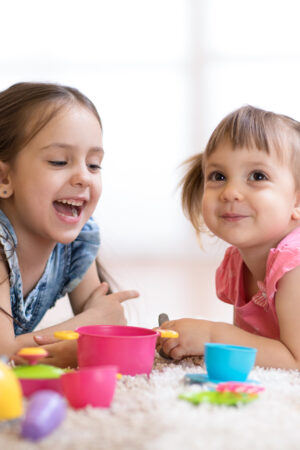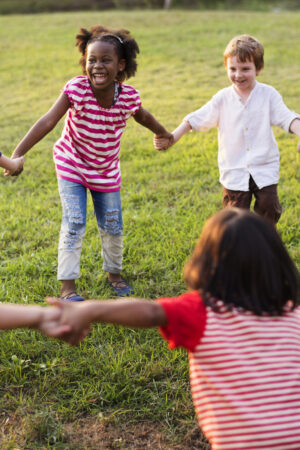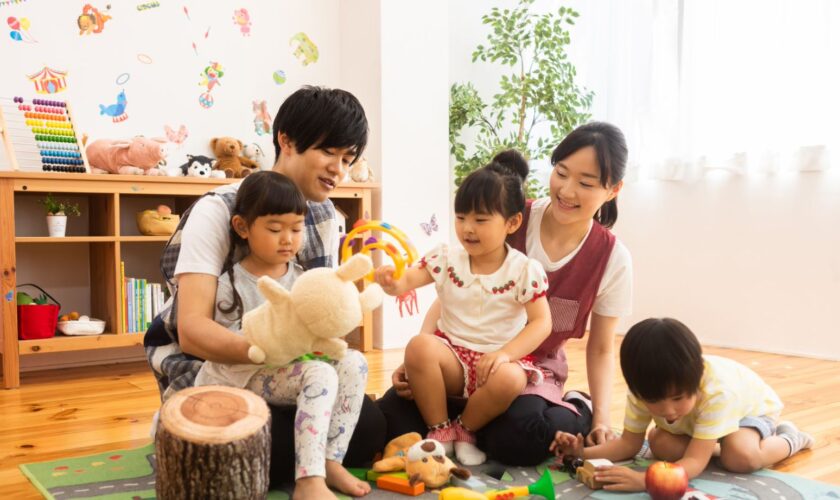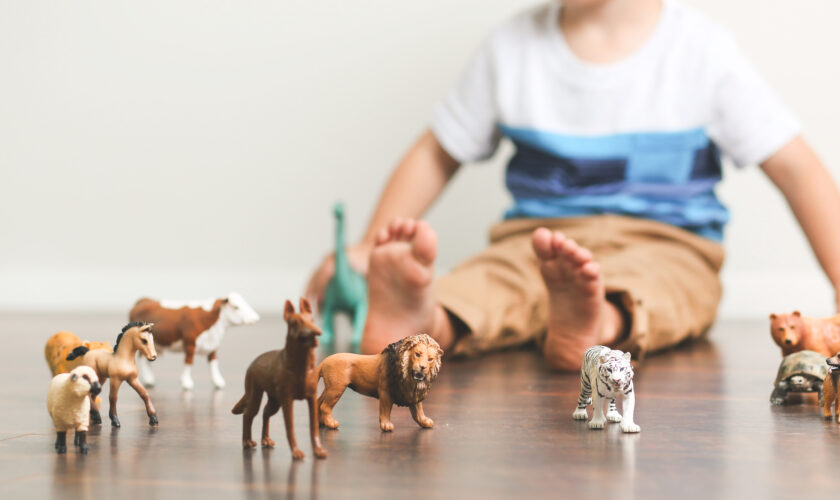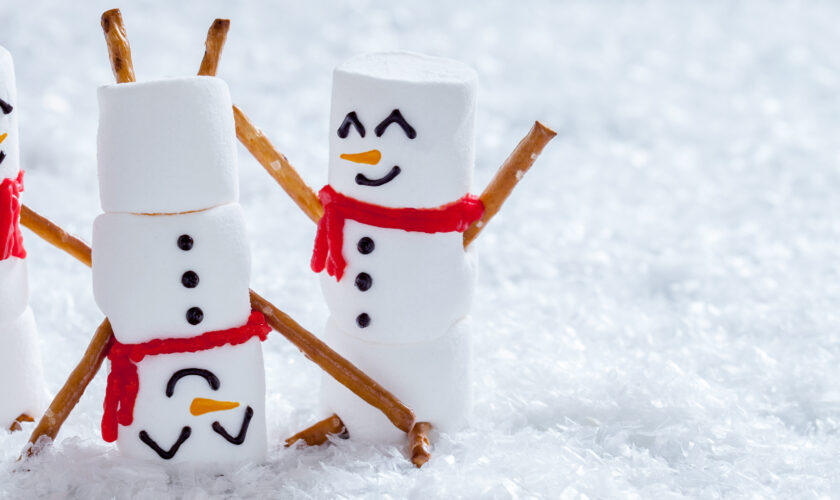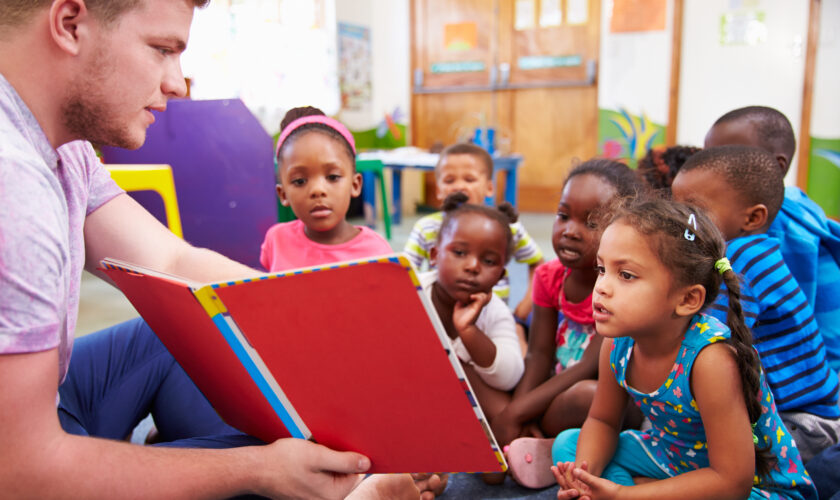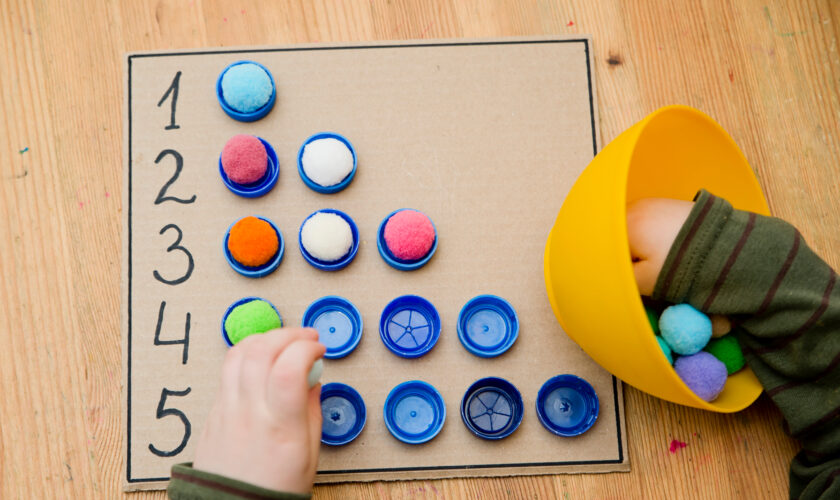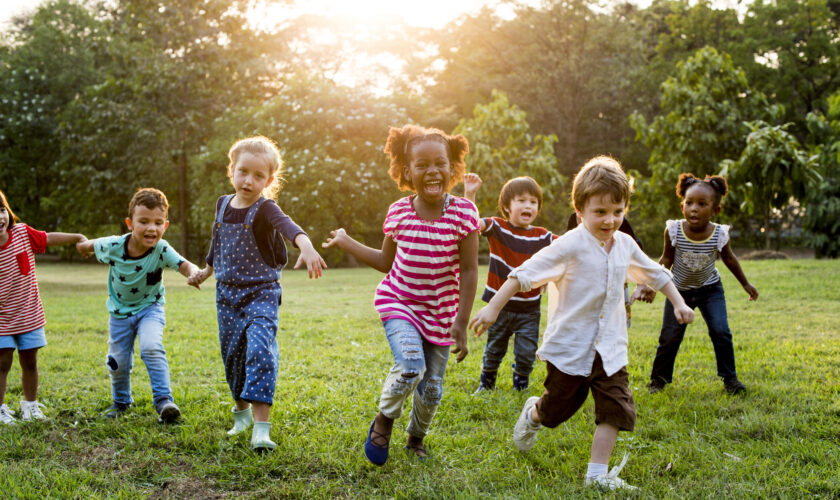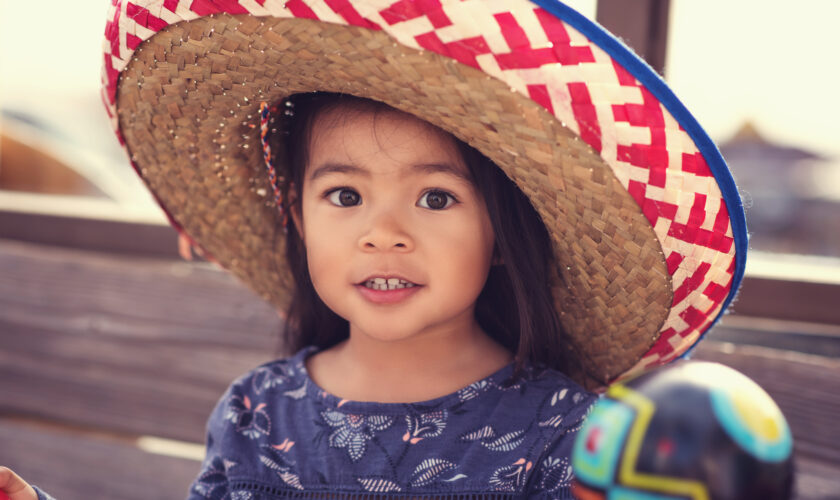Beth Simon
Why are real world conversations important to children? Children learn best when adults don’t talk to them about abstract concepts. Numbers and letters are part of the “abstract” world. Do we need numbers and letters? YES, absolutely! But children will learn about those things in due course. Children learn best when adults use concrete concepts that they can relate to in the world around them.
